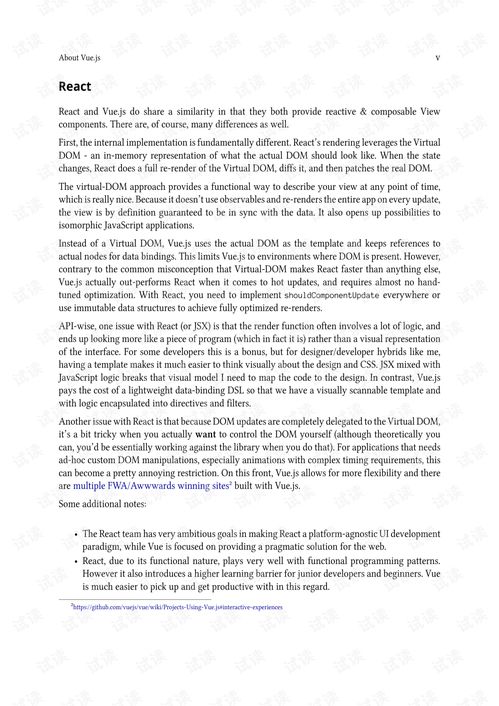
Content:
Introduction: Fishing is an age-old pastime that has been enjoyed by people of all ages and backgrounds. Whether you're a seasoned angler or a beginner looking to cast your line into the water, there's always something new to learn. One technique that has gained popularity among anglers is using a "little fatty" lure. This unique lure is designed to mimic the movement and appearance of small fish, making it an effective tool for catching a variety of species. In this article, we'll delve into the art of using a little fatty fishing technique and provide you with expert tips to help you become a master angler.
Understanding the Little Fatty Lure: Before we dive into the fishing techniques, it's important to understand what a little fatty lure is. This lure is typically made from soft plastic and features a body that is slightly larger than a real fish. The lure is designed to be fished in a manner that mimics the swimming patterns of small fish, which can attract a wide range of predatory species.
Choosing the Right Little Fatty Lure: The first step in mastering the little fatty technique is to choose the right lure. There are various sizes, shapes, and colors available, so it's essential to select one that suits the fish you're targeting. Here are some factors to consider when selecting a little fatty lure:
Size: The size of the lure should be proportional to the fish you're trying to catch. Larger fish require larger lures, while smaller fish can be caught with smaller lures.
Shape: The shape of the lure should also mimic the appearance of the prey fish. For example, if you're fishing in a lake with abundant shad, a lure that resembles a shad would be more effective.
Color: The color of the lure can make a significant difference in its effectiveness. Natural colors like silver, green, and brown are often the best choices, as they closely resemble the prey fish in most bodies of water.
Mastering the Cast: Once you have the right little fatty lure, it's time to learn how to cast it effectively. Here are some tips to help you master the cast:
Hold the rod with a comfortable grip: Place your index finger on the reel seat and your thumb on the handle. This will give you a firm grip on the rod.
Load the rod: Begin by lifting the rod tip slightly and then lowering it back down. This action loads the rod with energy, which will be released during the cast.
Aim and cast: Point the rod tip towards your target and then sweep it forward with a smooth, controlled motion. The energy loaded into the rod will propel the lure out into the water.
Retrieve the lure: Once the lure is in the water, retrieve it by moving the rod tip in a slow, steady motion. This will cause the lure to swim in a lifelike manner, attracting fish.
Fishing Techniques: Now that you've mastered the cast, it's time to learn some fishing techniques to increase your chances of success:
Work the lure: After casting, work the lure by moving the rod tip in a series of short, sharp twitches. This will make the lure look more realistic and more likely to trigger a strike.
Change speeds: Varying the speed of your retrieve can be effective. Sometimes, a slow, steady retrieve will work best, while other times, a faster retrieve might be more productive.
Use the wind: If there's a breeze, use it to your advantage. Cast into the wind and let the wind carry the lure to your target. Then, retrieve the lure against the wind to create a more natural swimming motion.
Be patient: Fishing with a little fatty can be very effective, but it requires patience. Wait for the fish to come to you rather than constantly reeling in the lure.
Conclusion: Using a little fatty fishing technique can be a highly effective way to catch a variety of fish. By choosing the right lure, mastering the cast, and employing the right fishing techniques, you'll be well on your way to becoming a little fatty fishing expert. Remember to practice your skills and always be prepared to adapt to changing conditions on the water. Happy fishing!












